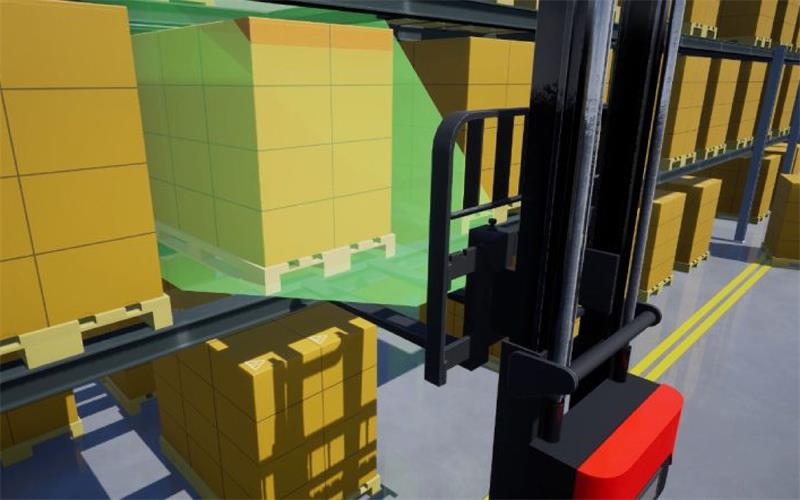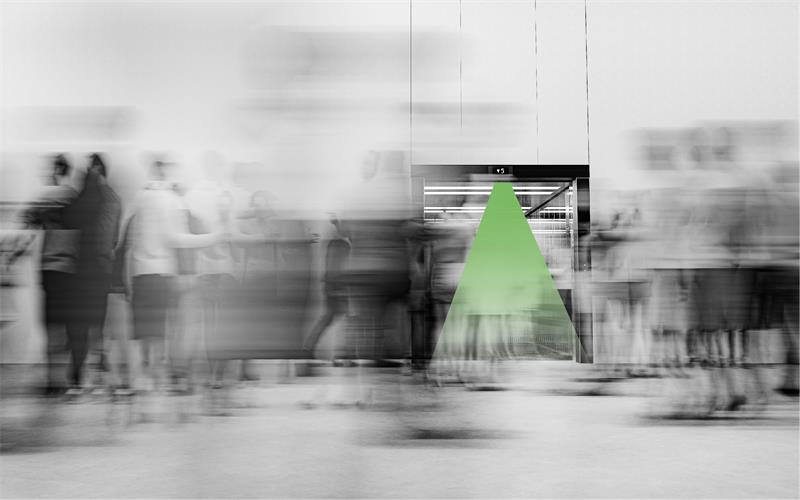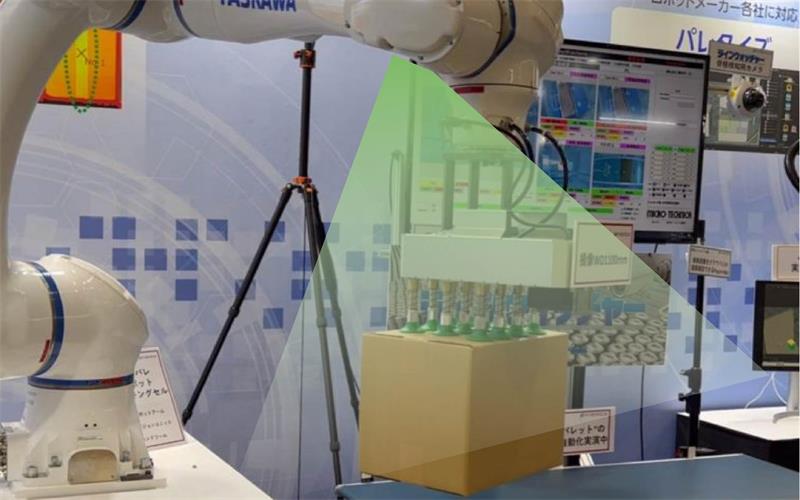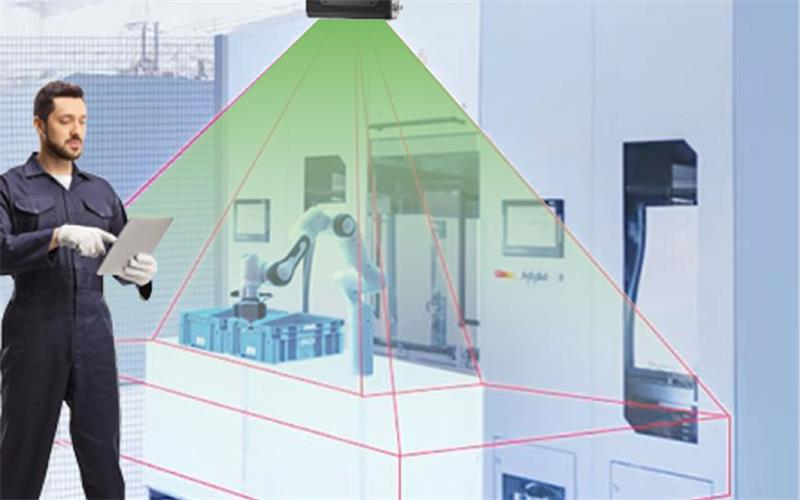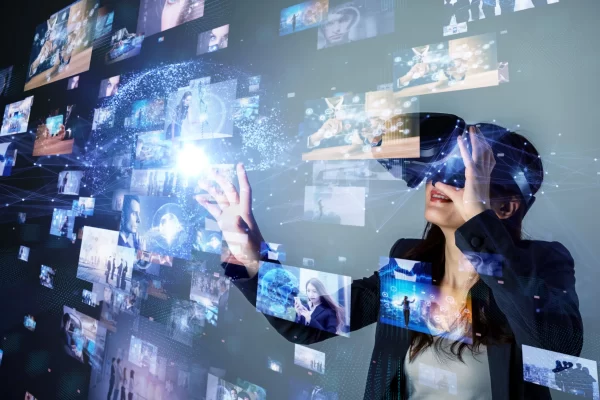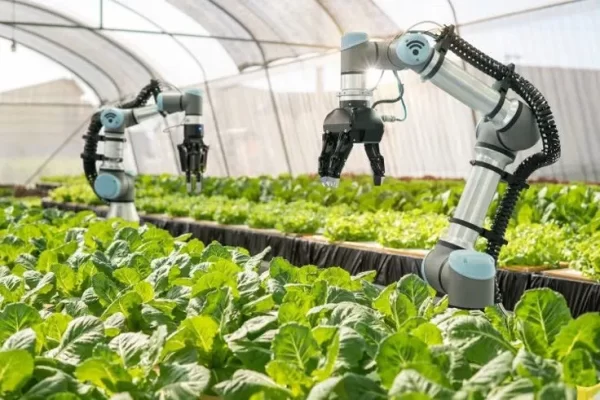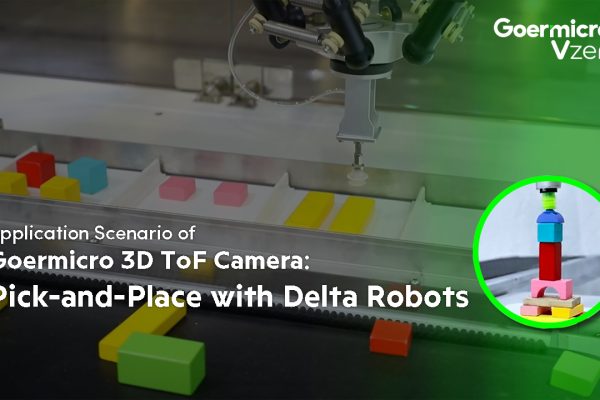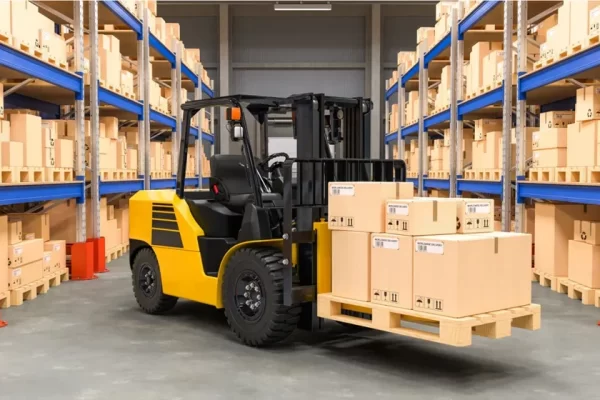In the ever-evolving field of technology, Time-of-Flight (ToF) cameras have emerged as a notable game-changer. This blog will explore how ToF cameras are used to analyze human poses, their potential advantages, practical application scenarios, and discuss the development direction of 3D vision with you.
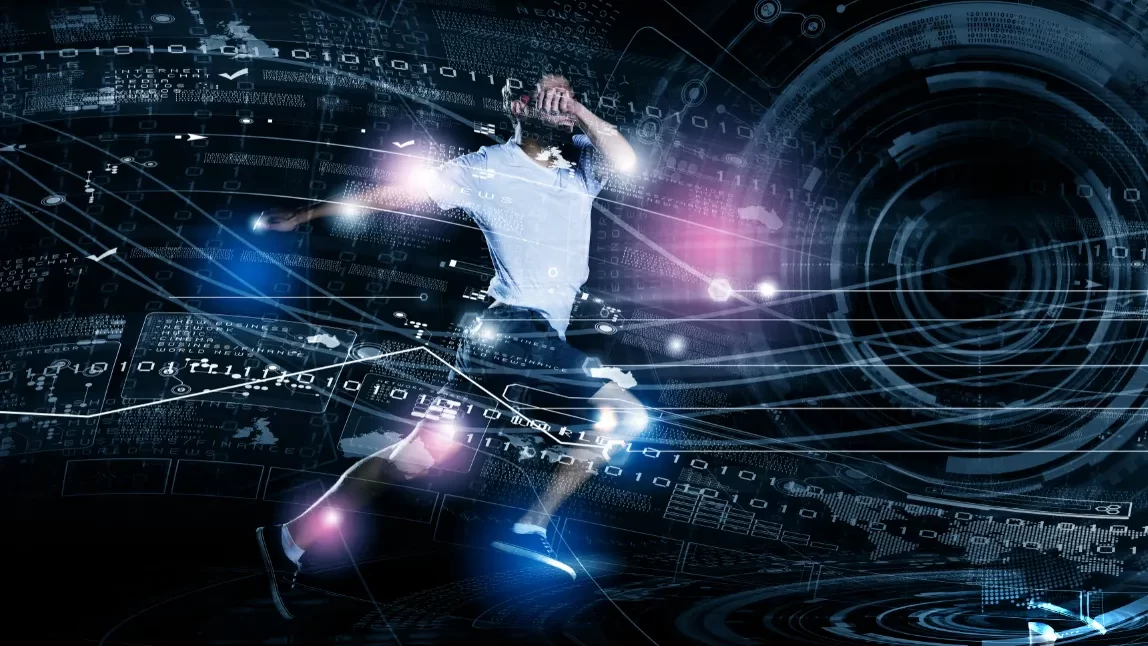
Table of Contents
The Core Value of ToF Cameras in Human Pose Analysis
As an advanced 3D camera, Time-of-Flight (ToF) cameras, with their unique depth sensing capability, have brought new possibilities to human pose analysis. Unlike traditional 2D vision devices, ToF technology can assign relatively accurate distance information to each pixel through a special imaging method, which is a key factor in realizing 3D human pose capture.
High Accuracy in Depth Sensing
One of the reasons why ToF cameras can achieve relatively high-precision depth measurement lies in their unique working mechanism. They emit modulated light signals (usually infrared light) and record the time difference between the light reaching the object surface and reflecting back to the camera, then calculate pixel-level distance data. This measurement method of iToF (indirect Time-of-Flight) technology enables the device to relatively accurately determine the distance between body parts and the camera, thus more precisely identifying joint positions and angles in many cases.
In medical applications, this level of precision can often be used to detect subtle changes in patients’ gait or posture, which may be early signs of health problems. According to a study on ToF technology, the high accuracy of depth sensing provided by ToF cameras can often detect even tiny deviations in human poses under appropriate conditions.
Real-time Performance
The real-time data processing capability of ToF cameras also benefits from their technical characteristics. Unlike stereo vision systems that need to perform complex image matching calculations, Time-of-Flight cameras can directly output depth information. This allows them to capture and process human motion data in near real-time, making them quite suitable for scenarios that often require immediate feedback.
In sports training, coaches can use ToF camera systems to analyze athletes’ poses during exercise and provide immediate corrections. This real-time analysis can help athletes improve bad running postures and the like more efficiently in many situations.
Privacy-friendly Features
The privacy protection advantage of ToF cameras is also closely related to their imaging principle. This type of 3D camera mainly outputs depth data rather than real color images, which means that when analyzing human poses, they typically do not need to record sensitive visual information.
In public places or medical facilities where privacy is a concern, ToF cameras can be used to monitor falls or other emergencies without easily compromising personal privacy. For example, Vzense’s NYX series people counting cameras count people without recording faces, which helps fully protect customers’ privacy. You can click here to learn more.
Diverse Applications of ToF Cameras in Human Pose Analysis
Physical Training Monitoring
A technology company in Nanjing, China has integrated Vzense RGB-D ToF cameras into the military assessment and scoring system to help accurately detect the physical fitness of soldiers. This system has played an important role in the outdoor horizontal bar assessment project. With its advanced Time-of-Flight technology, Vzense RGB-D ToF cameras emit modulated infrared light and calculate the round-trip time of the light signal to build a real-time 3D motion model of soldiers on the horizontal bar. The system can relatively accurately determine whether soldiers’ pull-up movements are standard, such as whether the elbows are fully extended and whether the body swings excessively in most cases.
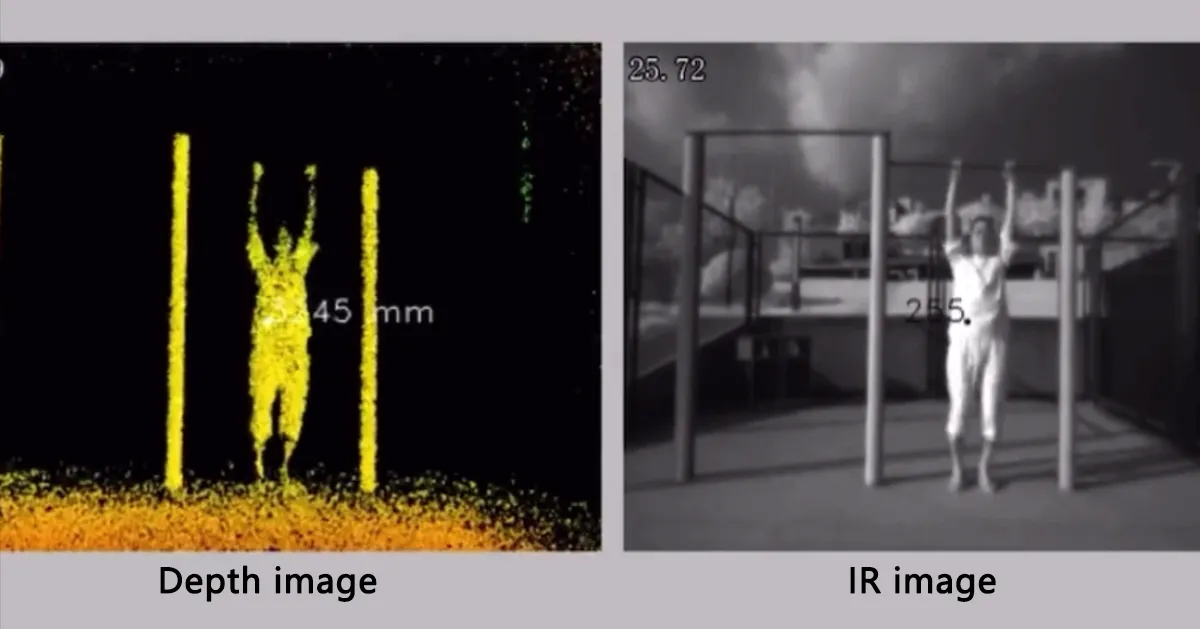
In this way, the military assessment and scoring system has realized more automatic and accurate scoring for soldiers’ horizontal bar assessment. It not only helps reduce the possible errors in manual scoring but also can provide soldiers with detailed movement analysis reports to help them improve their movements in a targeted way and enhance the effect of physical training in many instances. This application fully demonstrates the strong capability of Time-of-Flight technology in the field of human pose analysis and also shows the practical value of 3D cameras in some special industry scenarios.
Physical Training Monitoring
In the healthcare industry, ToF cameras are being used in fall detection in elderly care institutions. The device continuously emits light pulses and receives reflected signals to build a real-time 3D posture model of the elderly. When the system detects abnormal body angles or position changes (such as a sudden drop in height), it will usually trigger an alarm promptly.

Sports and Fitness
Sports coaches are increasingly using ToF cameras to analyze athletes’ performance. These 3D cameras can quickly output 3D coordinates of various joints of the body, providing detailed information about athletes’ body positions, movement speeds, and joint angles in various sports activities.
For example, in tennis training courses, ToF cameras can capture the depth data of the swing action in real-time, analyze key parameters such as the bending angle of the elbow joint and the range of body rotation in the player’s serving technique, so as to identify areas that may need improvement. This data can be used to optimize training plans, help prevent injuries, and improve overall performance in many cases.
Gaming and Virtual Reality
In the gaming and virtual reality industry, ToF cameras have helped achieve a more immersive experience. The low-latency characteristic of iToF technology enables the device to track players’ body movements in real-time in most situations. From subtle finger movements to large-scale whole-body movements, they can be accurately captured through depth data under appropriate conditions.
Players can interact with the virtual environment using body movements because ToF cameras can convert these movements into the postures of virtual characters in real-time. This makes the gaming experience more natural and engaging in many cases, and players can often control actions in the game using body language.
Future Development Trends of 3D ToF Technology
With the continuous progress of technology, we can expect to see further improvements in ToF camera technology in human pose analysis. One trend is the integration of artificial intelligence and machine learning algorithms with ToF cameras. Through training on a large amount of 3D posture data, the system may be able to more intelligently identify complex movement patterns and maintain stable performance even in dynamic or changing light environments in more scenarios.
Another trend is the development of more integrated and affordable ToF cameras, which may make them more accessible in a wider range of applications, from consumer electronics to industrial use. For example, future smart wearable devices might integrate micro iToF modules to monitor users’ posture health in real-time under certain circumstances.
In conclusion, Time-of-Flight cameras, with their unique functions, are playing a role in revolutionizing human pose analysis. Their relatively high accuracy, real-time performance, and privacy-protection features make them ideal choices in many fields such as healthcare, sports, gaming, and the military in appropriate scenarios. With the development of technology, we can look forward to more innovative applications of ToF cameras in analyzing and understanding human poses.


